Sludge Disposal Methods in Wastewater Treatment
The sludge disposal methods in wastewater treatment include the sludge dewatering process and the sludge drying process. The wastewater will produce a large amount of sludge after sedimentation and concentration treatment, the water content is still high, and the volume is large, which is difficult to dispose of. The sludge must be dehydrated to increase the solid content of the sludge cake to reduce the area occupied by sludge stacking.
1. Sludge dehydration
The sludge disposal must first be concentrated and mechanically pressed to make the sludge harmless and reduce the amount. The fluid sludge with a moisture content of more than 90% can form a sludge cake after being dried by a sludge filter press. The moisture content of the final mud cake is about 30%-60%. The sludge dewatering process is usually completed by belt filter press and chamber filter press.
A. The belt filter press has the characteristics of being less affected by sludge fluctuations, continuous operation, large output, stable operation, low start-up consumption, simple control, and so on. At present, most of the newly-built wastewater treatment plants in China use belt filter press dehydrators.
B. Compared with other dehydrators, the chamber filter press has a higher solids content in the mud cake and has strong applicability to various materials. The disadvantage is intermittent operation and relatively low production efficiency. The movement of the filter plate can be completed automatically or semi-automatically through a hydraulic-pneumatic device. Filter cloth oscillating device to make the filter cake easy to fall off.
After the sludge is filtered, in addition to forming a mud cake, a large amount of water is also separated and can be recycled.
2. Sludge drying
A. Sludge landfill
A commonly used method in the past, and is gradually being replaced due to certain pollution.
B. Land use
After the sludge has been dehydrated, it has undergone harmless and reduced treatment. Therefore, it can be used as organic soil for plant cultivation, municipal greening, etc. However, it is required that no lime, harmful conditioning agents, etc. are added during the dehydration process.
C. Building materials utilization
After deep dehydration, the mud cake can be used to make bricks, cement, roadbeds, etc. The sludge reduction is realized, and the sludge can be used as resources.
D. Incineration to generate heating
Mud cakes with moisture content below 60% can be considered to use the calorific value of sludge. Blended with coal fuel for power generation and heating.


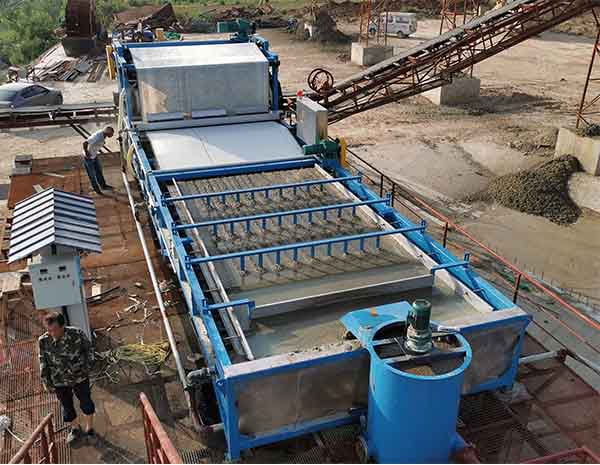
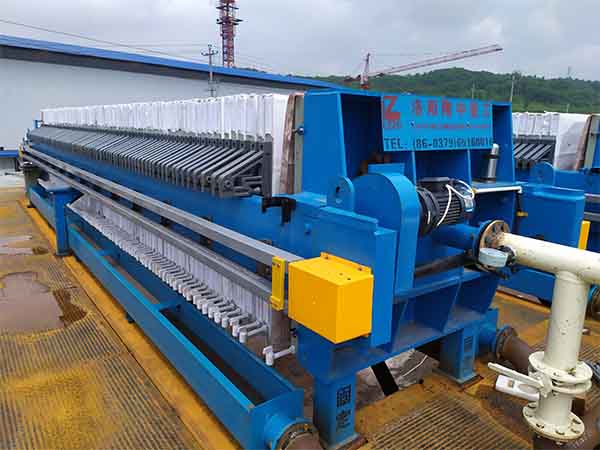
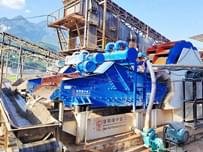
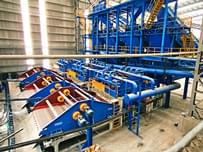
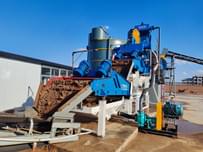
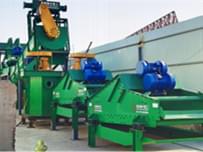
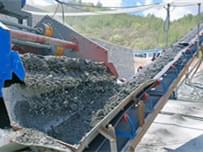
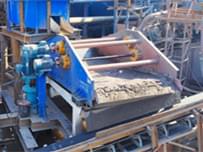
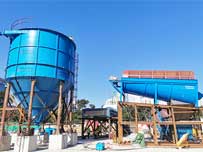
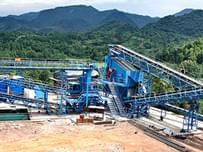




Send Message
Please write down your requirement and contact details in the following form. You can also send a message to us by this email export@lylzzg.com, we will reply to you within 24 hours.